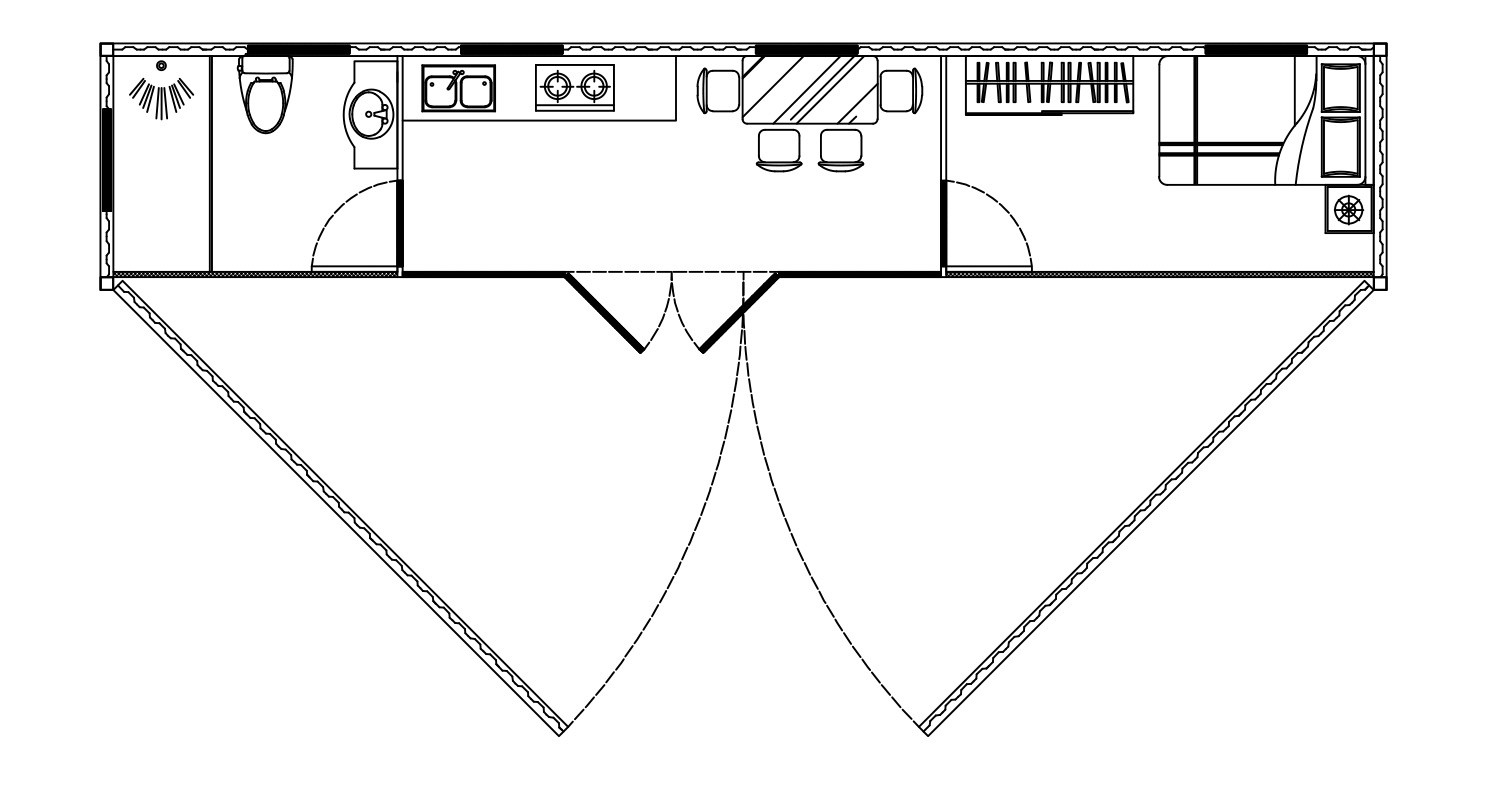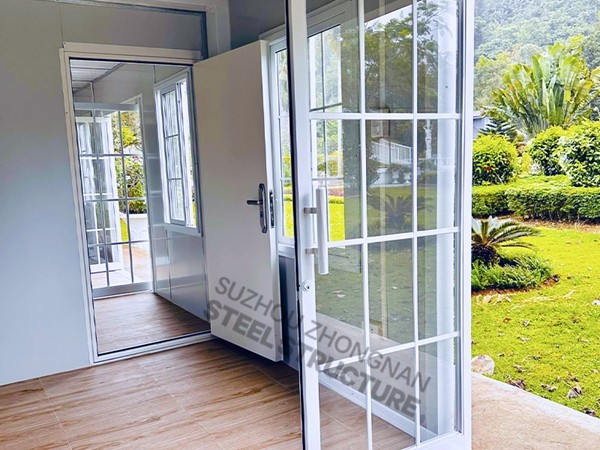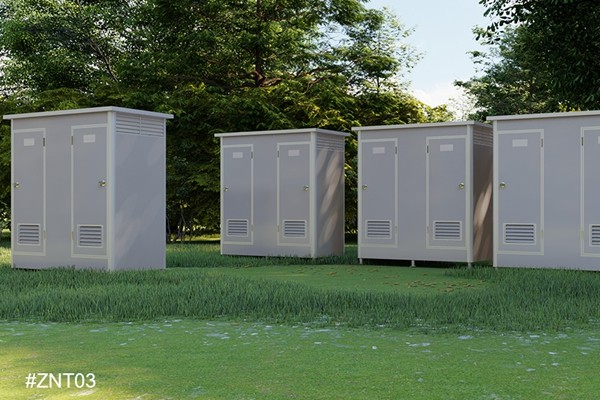2 story shipping container home
The unique allure of a two-story shipping container home captivates many eco-conscious builders and home enthusiasts. This innovative architecture method combines sustainability, flexibility, and modern design, appealing to those who value both environmental conservation and aesthetic beauty. Delving into this architectural style uncovers its various components, benefits, and the steps required to bring such a vision to life.

Shipping container homes stand out as a revolutionary movement in sustainable housing. Recycling used shipping containers into livable spaces repurposes materials that would otherwise contribute to industrial waste. Typically, a shipping container serves between 12 to 16 years in active duty. Afterward, these steel giants are left abandoned in ports or storage yards worldwide. Transforming these into homes not only reduces waste but also capitalizes on their structural integrity. Their innate strength allows for stacking, hence, the feasibility of a two-story structure.
A two-story shipping container home presents an attractive option for maximizing vertical space while minimizing the environmental footprint. With urban areas becoming increasingly congested, vertical extensions offer a solution for expanding living space without demanding additional land. The ease of configuring containers makes it possible to create varied layouts; the lower floor might serve as an open-concept living area, while the upper story provides privacy for bedrooms or a home office.

From an expertise standpoint, constructing a two-story shipping container home requires meticulous planning and execution. Engaging with a professional architect or designer well-versed in container architecture is crucial. They navigate the intricate details of spatial arrangement, insulation, and structural concerns. While containers are inherently robust, they need adequate insulation to ensure comfort in diverse climates. Without proper insulation, these steel boxes can become uncomfortably hot or cold.
Authorities in the container home industry advocate for the integration of sustainable practices in every phase of construction. Using non-toxic paints and insulation materials, incorporating solar panels for energy, and setting up rainwater harvesting systems are recommended practices. Ensuring structural stability is fundamental, especially in multi-story designs. This involves securing containers with steel reinforcements and ensuring they are appropriately anchored to the foundation to withstand natural elements.2 story shipping container home
Trustworthiness is paramount in any home construction project. Potential homeowners should engage with licensed contractors and builders experienced in creating container homes. A trustworthy builder will follow local building codes and standards, ensuring safety and legality. Additionally, the use of certified materials and adherence to environmental regulations enhance the home's credibility and market value.
Financing such a project requires a thorough understanding of costs involved. While shipping containers can be procured at a relatively low cost, the expenses accrued during preparation for habitation should not be underestimated. Modifications such as cutting openings for windows and doors, insulating, plumbing, and electrical installations contribute to the budget. However, even with these expenses, container homes often remain cheaper than traditional homes.
Case studies from around the world highlight the success and adaptability of shipping container homes. In Europe, a family in the Netherlands constructed a stunning two-story home using recycled containers, complete with a green rooftop and energy-efficient interior fixtures. In Australia, an architect transformed multiple containers into a luxurious beachfront property, showcasing that modest beginnings can evolve into architectural masterpieces.
Building a two-story shipping container home requires an appreciation of both the art and science of sustainable architecture. As with any specialized field, engaging with experts and adhering to proven practices ensures the project's success. This model of home not only aligns with modern environmental values but also offers adaptable design choices for a diverse range of lifestyles. As more people seek efficient ways to downsize and live sustainably, the shipping container home emerges as a symbol of innovation and conscious living.






